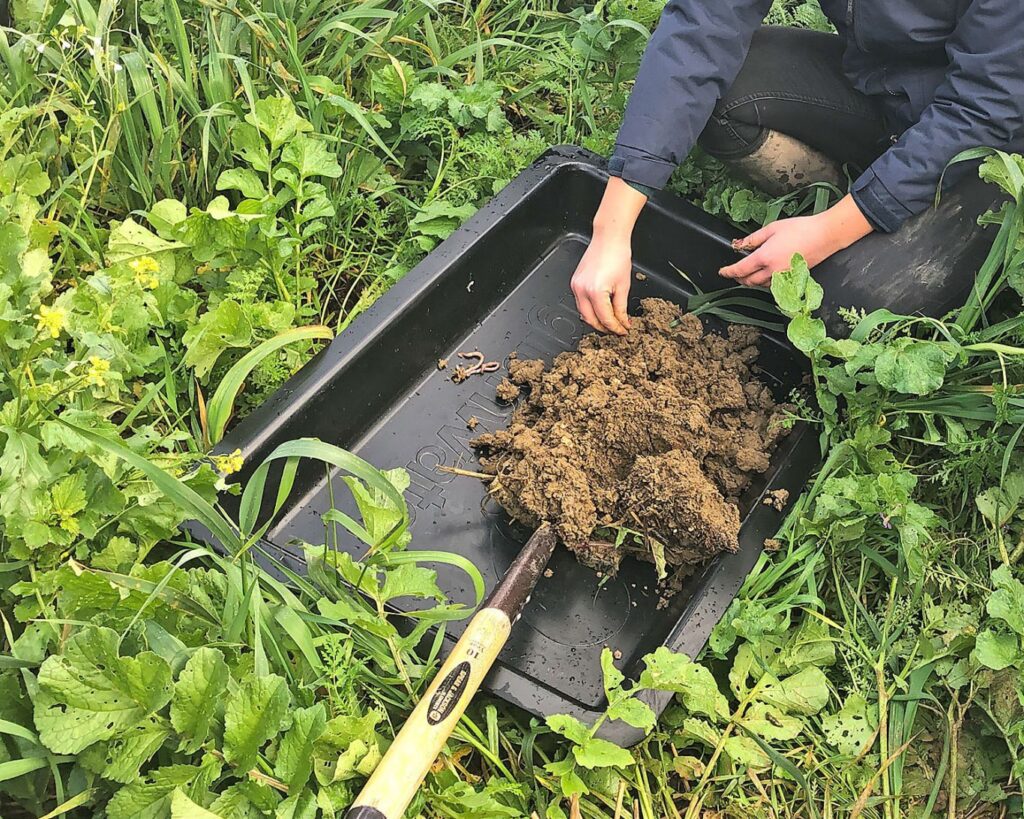1 UNDERSTAND THE CONTEXT
THE CORE PRINCIPLES OF REGENERATIVE AGRICULTURE
Soil health is one of the main focuses that Regenerative Agriculture principles aim to enhance. Why soil health? Regenerative approaches create diverse microbiological communities within the soil, which are supported by the ideal subterranean environment the farming system provides. These soil microbes in turn, are able to improve the overall soil function, deliver essential nutrients to plants and potentially improve the nutritional value of the produce. The following identifies the underlying principles of a Regenerative Agriculture system.

Understand the Context
This principle is often overlooked, and yet it is quite possibly the most important in achieving results. Understanding what already exists in the context of the farm business and its surrounding landscape is hugely important when approaching Regenerative Agriculture, whether it is factors out of your control such as soil type, rainfall, topography, or within your control such as available machinery or labour. Understanding these will impact the way in which the entire system is approached.
Different soils respond very differently to Regenerative Agriculture techniques. It is therefore important expectations remain realistic, as it is more a ‘journey’ rather than change appearing overnight. To successfully regenerate our soils, it is important to understand what the resource goal is for that area. This may be reduced erosion, increase mycorrhizal fungi, increase soil organic matter/carbon, increased available Nitrogen for the following crop etc…
